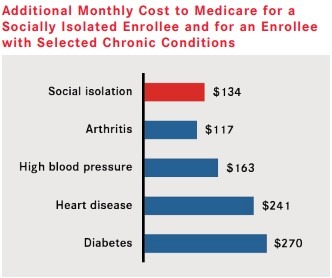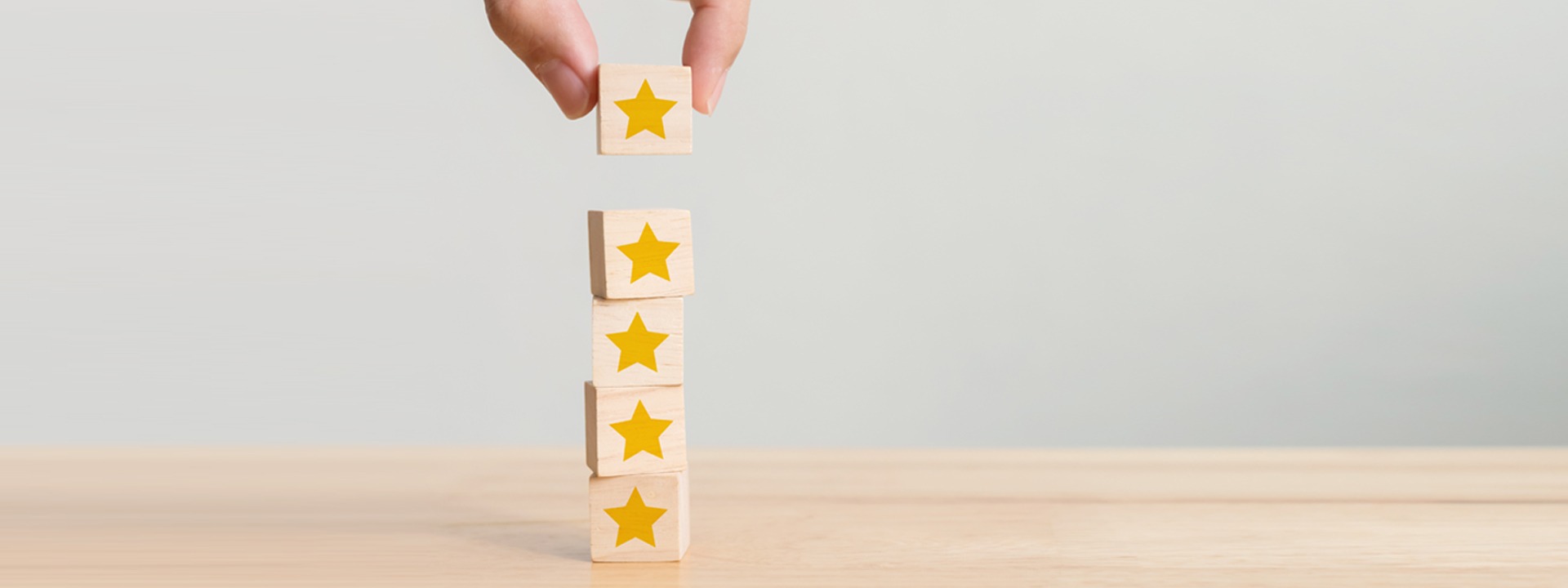Social distancing is a sound practice for combating the spread of COVID-19, but it can leave you feeling lonely and isolated. Not only is isolation detrimental to our mental and physical health, but it can also have financial consequences.
The cost of isolation
In 2017, an AARP study found that social isolation and loneliness increased Medicare costs by nearly $7 billion annually. Survey data from the study showed that those experiencing isolation had far more health problems, stayed in hospital and skilled nursing care facilities longer, and needed more expensive treatments. In fact, the study concluded that isolation is one of the top drivers of healthcare costs among those over age 65.

With the drastic increase in isolation due to COVID-19 pandemic, one can only imagine how health care costs will further escalate. Clearly, it makes sense from both a physical health and financial health standpoint to combat isolation and stay connected.
Tips for staying healthy and connected
Maintain a “normal” schedule. After nine months of living with COVID-19, you may have found that your normal routine has been upended. It is important to bring a level of normalcy to our lives. Having a routine can help us feel that we are still living a life somewhat like the life we used to live. Even though I am working from home, I have continued my morning routine of walking. This helps me feel as if I am living the same life I had been living.
GUIDES
The Essential Guide to Retirement Planning
A 4-part series that answers key questions about building your plan, positioning your investments, and more.

Make time for hobbies. Many activities and hobbies can still be enjoyed while maintaining physical distance. Whether it is playing the piano, being part of a book club or bike riding, we can still participate in enjoyable and fulfilling activities during COVID.
Maintain your social connections. We can continue to be social and connected to others even if we are physically distant. Technology can be a big help with this. Using free virtual meeting apps such as Zoom or FaceTime, you can stay connected with people without the risk of close physical proximity. Here are some great examples of activities you can enjoy:
- Weekly lunch dates with co-workers
- Group activities such as yoga or art sessions.
- Online games including trivia and charades
- Enrolling in online classes such as language or computer courses
Simply texting and calling to check-in with family and friends can help us feel connected. If you want to make new friends, there are programs that can help with that too. Quarantine Buddy is a website that matches users with similar interests for virtual conversations.
Keep traditions alive. As we enter the holiday season, we should be creative and find ways to continue important traditions. Since our office continues to work remotely, we wanted to find a way to carry on with our tradition of a holiday party. After a brainstorming session, we came up with the idea of ordering cheese packages for each of our office members and having a pairing taste test together virtually.
Taking care of ourselves
Another suggestion is to take good care of ourselves. At the beginning of COVID-19, the big joke was COVID-19 really meant the extra 19 pounds everyone was putting on! I started out the same way by eating everything in sight. This contributed to feelings of anxiousness and even loneliness. I decided to get back into my routine of eating healthy foods and taking off the gained weight.
Fiduciary
We are fiduciaries, and it’s not just a word. It’s a binding commitment to put your interests first.

Writing down feelings in a journal can be a cathartic exercise as well. When we write down our thoughts and feelings, it can help us understand them more clearly. It can be a way to gain control of our emotions and improve our mental health.
Helping others
As Oprah Winfrey said, “Helping others is the way we help ourselves.” Helping others will not only elevate those we are helping, but it will also elevate us. There are many small and simple ways we can help. This can be done by reaching out to others, remembering special days such as birthdays, or picking something up for someone when you are at the grocery store.
Interestingly, we have been experiencing dog and cat shortages at the animal shelters since COVID-19 began. Besides providing companionship, pets can also get our minds off ourselves.
If you want to find a way to volunteer, consider these virtual ideas.
- Smithsonian Transcription Center – This is a digital volunteer program where historical documents and biodiversity data are transcribed for the Smithsonian.
- Be My Eyes – This is a free app that connects blind and low-vision people with sighted volunteers for visual assistance through a live video call.
- VolunteerMatch – This website unites qualified volunteers with nonprofit organizations. Currently, VolunteerMatch has over 700,000 virtual opportunities.
Even though the distancing we are experiencing is temporary, we can make the journey better for ourselves and for others. Besides the financial benefits staying connected can bring, we can become more resilient people with improved priorities and important life lessons that will benefit us in years to come.

